The High Coast Trail (Höga Kustenleden) is one of Sweden’s most striking long-distance hikes. Spanning roughly 130–140 km through a UNESCO World Heritage landscape, it blends pine forests, rocky ridges, sky-high coasts, and deep ravines. For outdoor lovers from the USA, UK, Australia, and Germany, this guide walks you through everything you need to know—what to expect, when to go, and how to prepare—for one of Scandinavia’s most memorable treks. High Coast Trail Trek. High Coast Trail Trek – Sweden’s Dramatic Coastal Hike.
Overview: What, Where, and Why It’s Famous
The High Coast Trail, stretching from Hornöberget in the south to Örnsköldsvik in the north, crosses Sweden’s highest coastline—formed by post-glacial land uplift. It’s celebrated for its unique coastal cliffs, wild forests, ancient rock formations, and the remarkable Slåttdalsskrevan crevasse in Skuleskogen National Park. The trail is divided into 7 stages, each delivering a different mix of forest, water, views, and heritage landmarks.
Best Time to Visit
The hiking season runs from late spring to early autumn (May to October). This window offers mild temperatures, daylight that lasts well into the evening, and trail conditions free from snow or ice.Take your BackpackAllTrails.com Early spring and autumn bring beautiful light and colors, while summer gives the longest days for relaxed pacing.
Avoid winter: snow, slippery paths, and closure of some sections make hiking unsafe and impractical.
How to Reach the Trail
- By Air: Fly into Stockholm or Gothenburg, then catch a domestic flight or train north to Härnösand or Örnsköldsvik.
- By Train/Bus: Regional buses connect to trailheads like Hornöberget. Public transport covers key access points.
- By Car: Hornöberget offers free parking. Most stages can be accessed by vehicle, making it easy to drop in and out.
Entry Fees and Permits
There are no permits or entry fees required for the High Coast Trail itself. Some park areas permit camping only in designated spots, especially within Skuleskogen National Park.
Food and Meal Options
- Towns along the trail: Stop for groceries or meals in places like Docksta, Ullånger, and Örnsköldsvik.
- Trail sections: Few shops exist, so carry the bulk of your water and snacks. Options include wind shelters (vindskydd) and basic cabins for rest.
Packing List & Essentials
Clothing
- Moisture-wicking base layers, warm mid-layer, windproof jacket.
- Hiking pants or shorts, hat, and sunglasses.
Footwear & Gear
- Well-broken-in hiking boots with strong tread.
- Backpack with rain cover (20–40 L).
- Water bottles (2 L min).
- Map or GPS with offline trail maps.
- Headlamp, first aid kit, blister care, sunscreen.
Extras
- Trekking poles (helpful on uneven sections).
- Cash for shops or hostels.
- Camera or smartphone for memories.
Safety Tips & Local Regulations
- The trail is well-marked with orange signs, but carry a map as backup
- Watch footing: raining can make rocky areas slippery.
- Respect camping rules—especially inside Skuleskogen National Park, where camping is limited to designated sites.
- Sweden grants freedom to roam, but practice “Don’t disturb, don’t destroy”—stay on paths, close gates, and avoid disturbing wildlife. High Coast Trail Trek – Sweden’s Dramatic Coastal Hike.
Tips for Beginners or First-Time Trekkers
- Start with 1–2 sections before committing to the full 7-day trek.
- Plan for 15–25 km per day, with a mix of difficulty across different sections.
- Book accommodation or check shelter locations ahead of time.
- Begin early in the day to maximize daylight and avoid heat.
- Be aware of trail distances and water refill points—carry adequate supplies.
Local Customs & Cultural Etiquette
- Swedes respect nature deeply—be quiet and respectful in wild areas.
- Feel free to greet with “Hej” or “Tack”—friendly touches go far.
- Outdoor life is cherished: join locals in fika breaks or enjoy a lakeside nap.
- If bringing a dog, keep it on a leash inside park boundaries.
FAQ Section
How long is the High Coast Trail?
About 130–140 km, divided into 7 stages, typically hiked over 5–7 days
Moderate: includes elevation changes, rocky terrain, and varied surfaces
What is the highest elevation?
Around 250–286 m above sea level near Skuleberget.
Are toilets available on trail?
Available in most towns; basic amenities can be found at huts or shelters.
Can beginners tackle it?
Yes, especially in shorter sections, with proper planning and fitness.
Are guides necessary?
No; trail is clearly marked, but guided options exist if preferred. High Coast Trail Trek – Sweden’s Dramatic Coastal Hike.
When is the best season?
From late spring to early autumn (May–October) for safe conditions.
Related High‑Search FAQs (SEO Boost)
- High Coast Trail Sweden difficulty
- How many days to hike High Coast Trail
- Best time to hike Höga Kustenleden
- What to pack for High Coast trail Sweden
- High Coast trail hut vs camping
- Is High Coast Trail suitable for families
- How to get to Hornöberget trailhead
- Skuleskogen National Park rules camping
- Swedish freedom to roam hiking etiquette
- High Coast Trail elevation and length
In Summary
The High Coast Trail in Sweden is a trail that truly blends dramatic scenery with accessible adventure—ancient forests, cliffside views, historic villages, and coastal breadth stitched together in one unforgettable hike. Whether you seek solitude in pine woods or open views across a rising land, this is a trail framed to inspire. High Coast Trail Trek – Sweden’s Dramatic Coastal Hike.
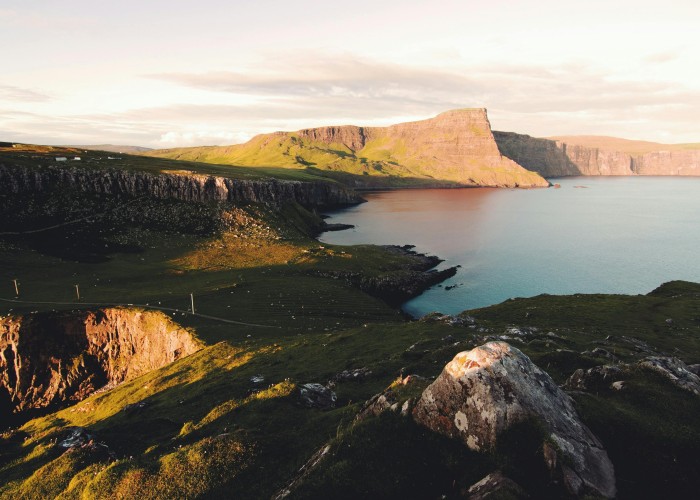
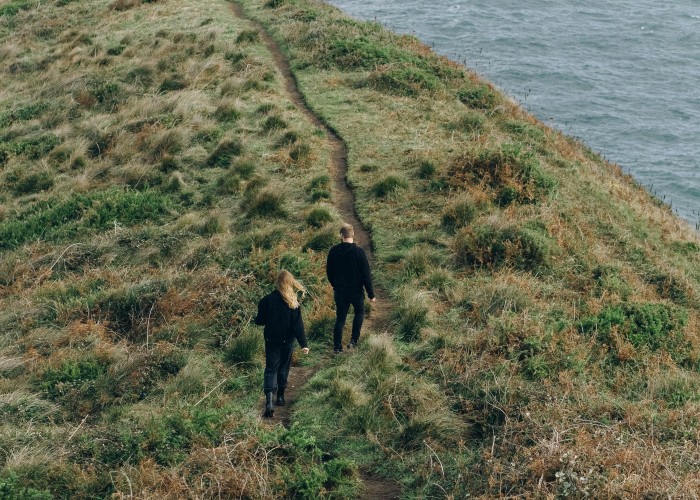
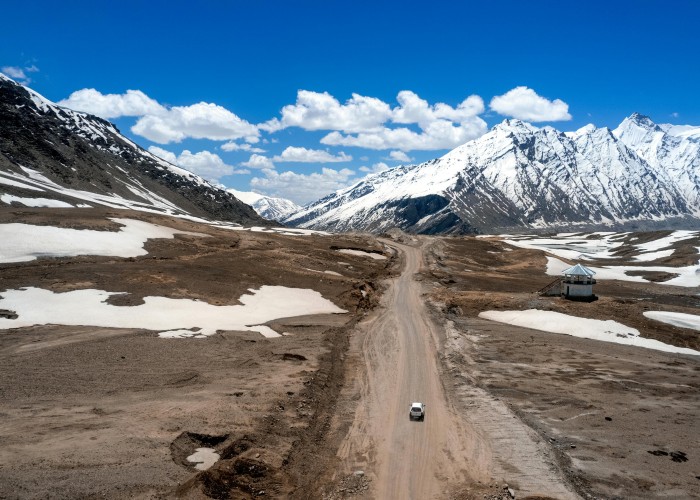
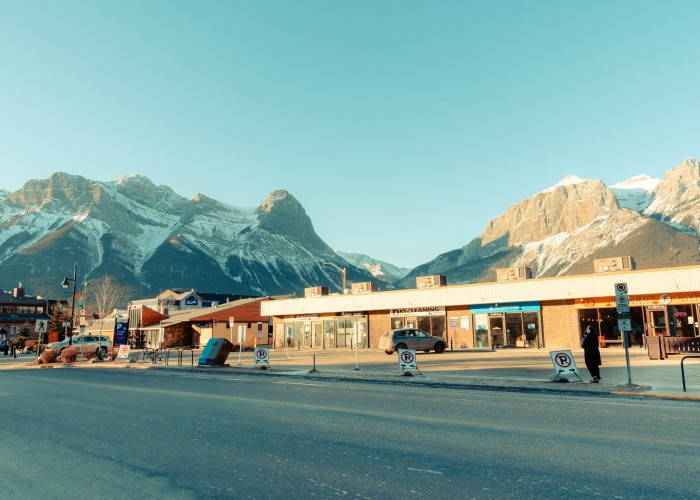
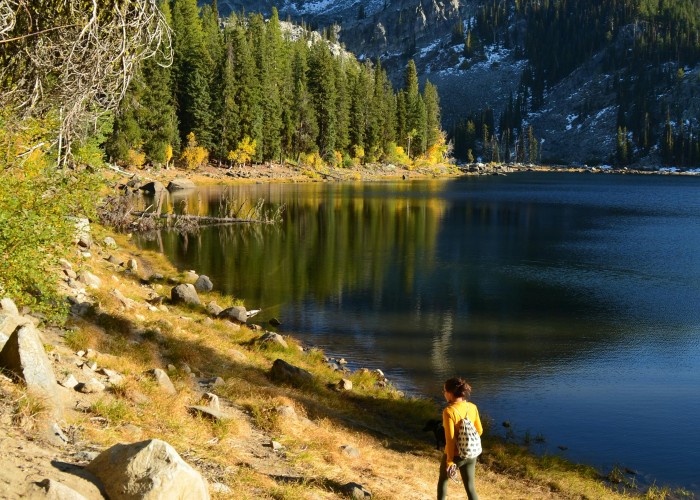
Leave a Reply